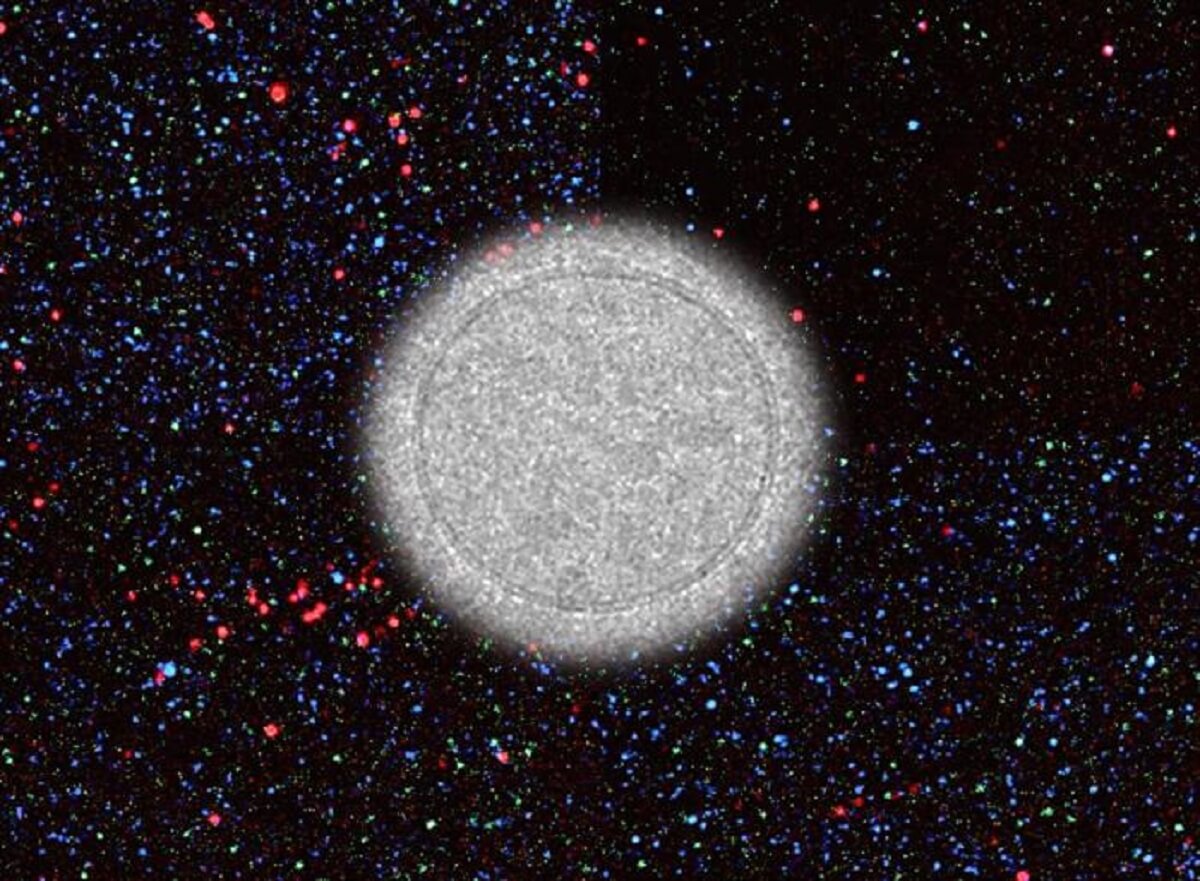NAGOYA, Japan — A breakthrough in the early detection of ovarian cancer, often referred to as the ‘silent killer,’ could soon be possible due to the discovery of three key proteins. Researchers captured these proteins using nanowires coated with a specialized chemical, offering hope for an early diagnostic tool and potentially revolutionizing the treatment of this lethal disease.
These proteins, known as extracellular vesicles (EVs), are minute molecules that tumors release and can be isolated from body fluids such as blood, urine, and saliva. A team from Japan extracted them from the most prevalent type of ovarian cancer, high-grade serous carcinoma (HGSC), and analyzed them using a scanning technique called liquid chromatography-mass spectrometry.
“Our findings showed that each of the three identified proteins is useful as a biomarker for HGSCs,” says Dr. Akira Yokoi of Nagoya University, the lead author of the study, in a media release. “The results of this research suggest that these diagnostic biomarkers can be used as predictive markers for specific therapies. Our results allow doctors to optimize their therapeutic strategy for ovarian cancer, therefore, they may be useful for realizing personalized medicine.”

(credit: Akira Yokoi)
Early detection is crucial for ovarian cancer treatment. Survival rates for women diagnosed at the early stage of the disease are about 90%, but this figure drops to merely 10% if the disease is discovered late. It affects 1 in 70 women in the United States across their lifetime, and it causes more deaths than any other cancer of the female reproductive system.
The identification of these proteins could lead to a new diagnostic tool. “The validation steps for the identified proteins were tough because we had to try a lot of antibodies before we found a good target. As a result, we discovered that small and medium/large EVs contain distinct molecules,” says Dr. Yokoi. “Further investigation revealed that small EVs are more suitable biomarkers than the medium and large type. We identified the membrane proteins FRα, Claudin-3, and TACSTD2 in the small EVs associated with HGSC.”
To separate the proteins from blood samples, researchers crafted nanowires coated with a thermoplastic polymer called polyketone. “It was difficult. We must have tried three to four different coatings on the nanowires. Although polyketones are an entirely new material to use for coating this type of nanowire, they proved to be an excellent match in the end,” says Dr. Yokoi.
The study is published in the journal Science Advances.
South West News Service writer Mark Waghorn contributed to this report.
